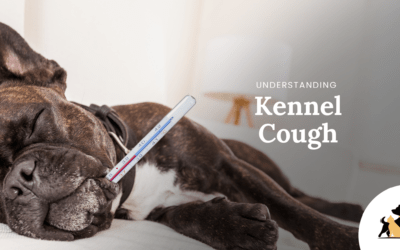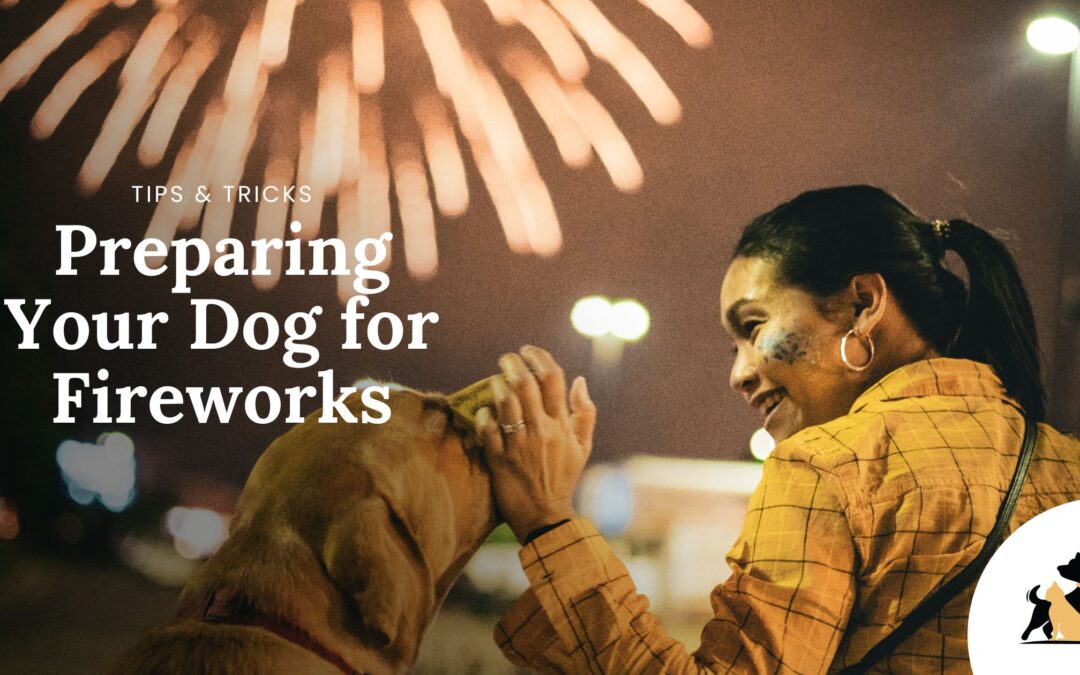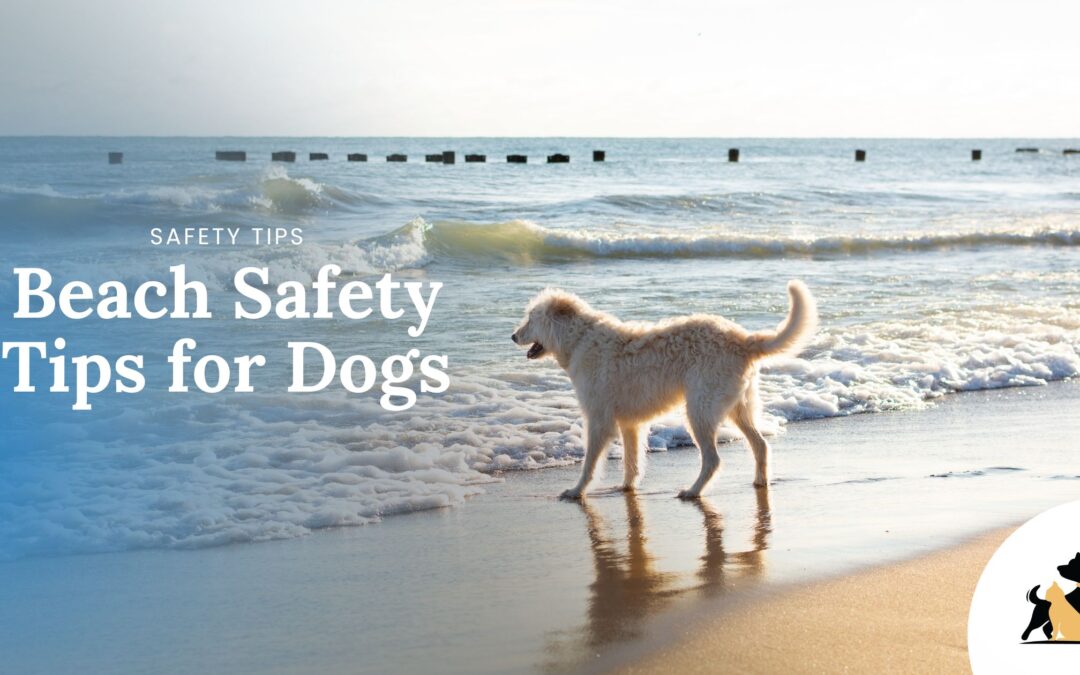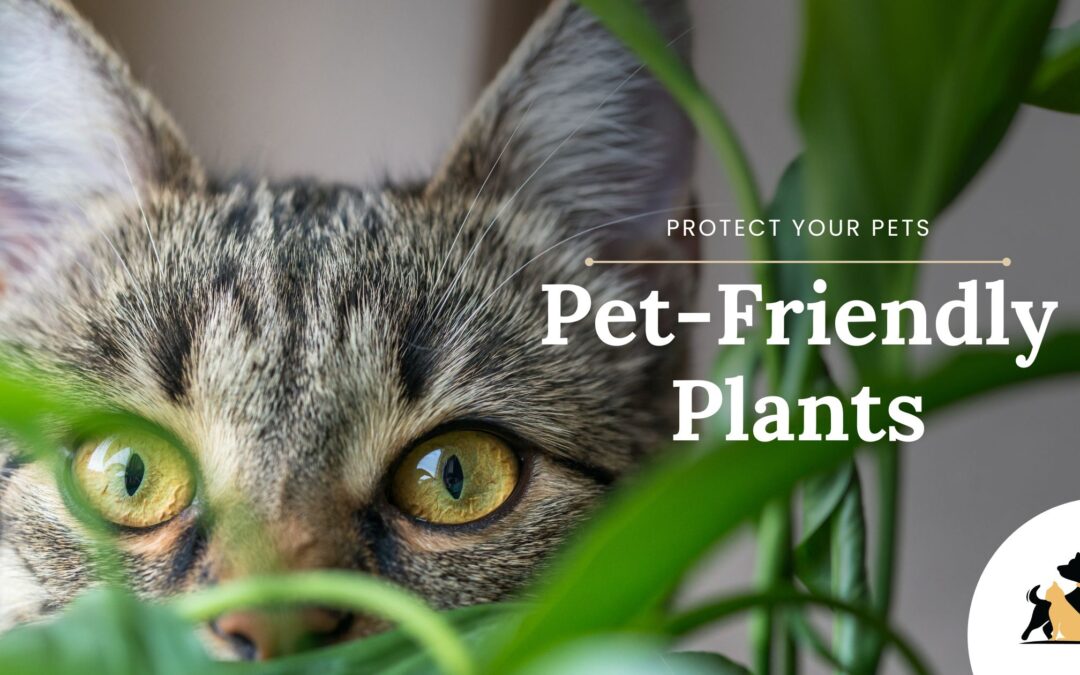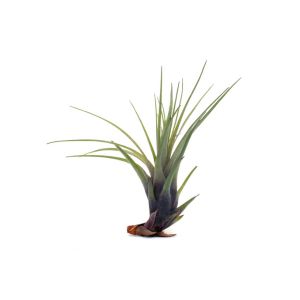Hometown Veterinary Partners is proud to announce the addition of Dr. Cheryl Brocki as our new Chief Veterinary Officer (CVO). With an extensive background in veterinary operations, mentorship, and clinical excellence, Dr. Cheryl Brocki joins our executive leadership...
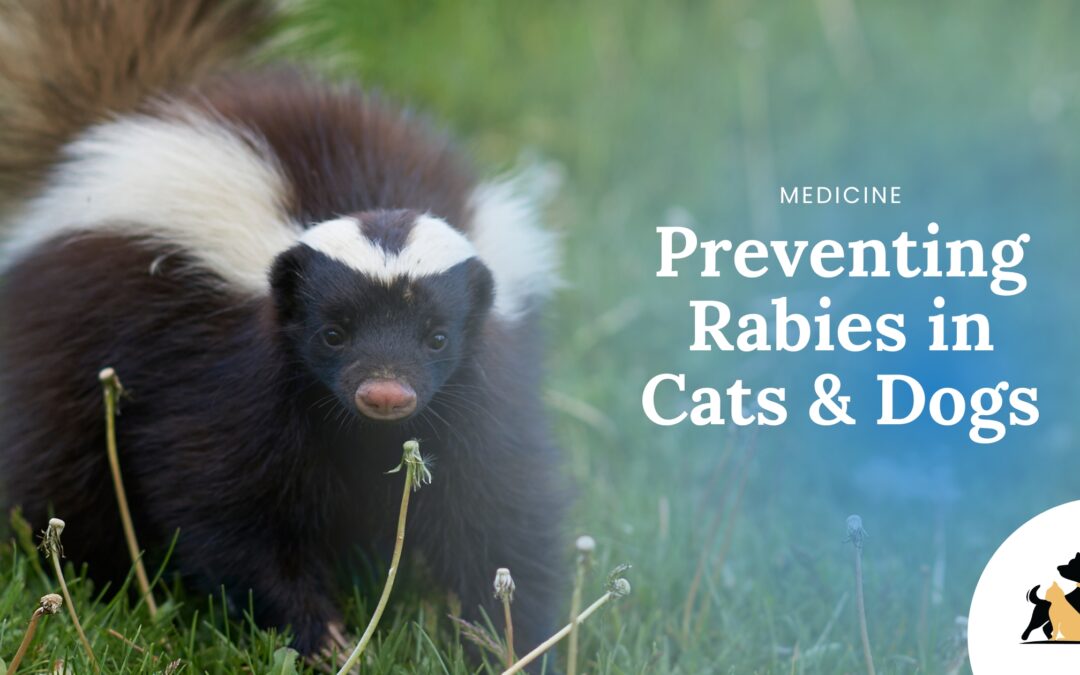
How to Prevent Rabies in Dogs and Cats
Rabies is a deadly viral disease that targets the nervous system of mammals, including pets like dogs and cats, as well as humans. Once symptoms develop, rabies is almost always fatal, making it a critical public health concern that has persisted for thousands of years.
In July 2024, the Minnesota Board of Animal Health reported 32 rabies cases across the state, marking a sharp rise from the 20 cases recorded during the same period last year. This increase, primarily driven by rabid skunks, has been most pronounced in southwest and central Minnesota.
“This is a significant increase compared to other years,” said Minnesota Department of Health epidemiologist Carrie Klumb. “This is not a normal year.”
What is Rabies?
Rabies is caused by a virus from the Lyssavirus genus. The virus affects the central nervous system, leading to severe neurological symptoms and, eventually, death. It is present in many parts of the world, with the notable exceptions of Australia, Antarctica, and several island nations that have maintained strict quarantine measures to remain rabies-free.
Transmission of Rabies
The rabies virus is primarily transmitted through the saliva of an infected animal via bites. It can also be transmitted through scratches or open wounds exposed to the saliva of an infected animal. In North America, common sources of rabies include skunks, raccoons, foxes, and bats.
Incubation Period
The incubation period for rabies, which is the time between exposure to the virus and the appearance of symptoms, can vary widely. In dogs, this period typically ranges from two weeks to four months, but it can extend up to a year or more. In cats, the incubation period is generally shorter, from three to eight weeks. The length of the incubation period depends on factors such as the location and severity of the bite and the amount of virus introduced.
Clinical Signs of Rabies
Rabies progresses through several stages, starting with the prodromal phase, which involves behavioral changes. Quiet animals may become agitated, while active pets might become nervous or shy.
- Furious Rabies: This phase is characterized by extreme aggression, excitability, and the tendency to bite or chew objects. Dogs may exhibit pica (eating non-food items), and cats may show excessive drooling and muscle spasms that prevent swallowing.
- Dumb Rabies: More common in dogs, this form involves progressive paralysis starting in the limbs and moving to the facial muscles, leading to difficulty swallowing and a comatose state before death.
- Paralytic Stage: In cats, the third stage involves paralysis, leading to coma and death within ten days of symptom onset.
Diagnosis and Treatment
Rabies can only be definitively diagnosed post-mortem through the examination of brain tissue. There is no treatment for animals once symptoms have appeared. Therefore, prevention through vaccination is crucial.
Vaccination and Prevention
Vaccination is the most effective method of preventing rabies. Some cities and states have rabies vaccination requirements for dogs and cats, regardless if they roam outdoors or stay indoors. Vaccination typically begins at three to four months of age, with booster shots administered according to veterinary guidelines.
Human Exposure and Prevention
Rabies is zoonotic, meaning it can be transmitted from animals to humans. If you are bitten by an unvaccinated animal, immediate medical attention is essential. Washing the wound thoroughly and seeking prompt medical advice can prevent the virus from taking hold. For those exposed to rabies, a series of post-exposure vaccinations can prevent the onset of symptoms.
Resources for Further Information
For more information on rabies in dogs and cats, and how to protect your pets and yourself, consider the following resources:
- Centers for Disease Control and Prevention (CDC) – Rabies
- World Health Organization (WHO) – Rabies
- American Veterinary Medical Association (AVMA) – Rabies
- RabiesAware.org
By staying informed and ensuring your pets are vaccinated, you can significantly reduce the risk of rabies and contribute to public health safety.
More Resources
Dr. Cheryl Brocki Joins Hometown Veterinary Partners as Chief Veterinary Officer
Understanding Kennel Cough
What is Kennel Cough? Kennel cough, also known as infectious tracheobronchitis, is a highly contagious respiratory disease in dogs characterized by a persistent cough. The term "tracheobronchitis" refers to the inflammation of the trachea (windpipe) and the bronchial...
How to Prevent Rabies in Dogs and Cats
Rabies is a deadly viral disease that targets the nervous system of mammals, including pets like dogs and cats, as well as humans. Once symptoms develop, rabies is almost always fatal, making it a critical public health concern that has persisted for thousands of...


